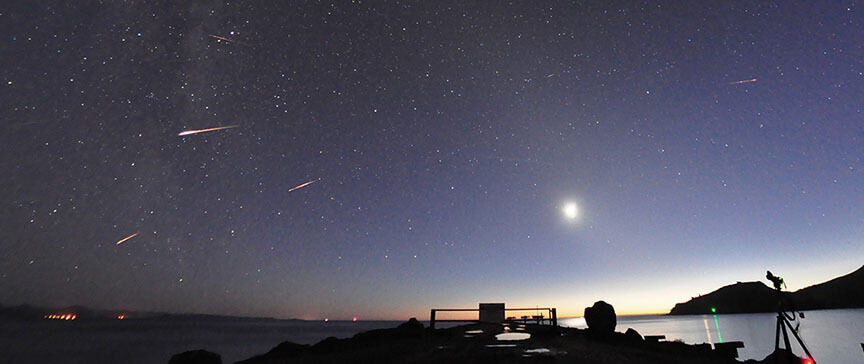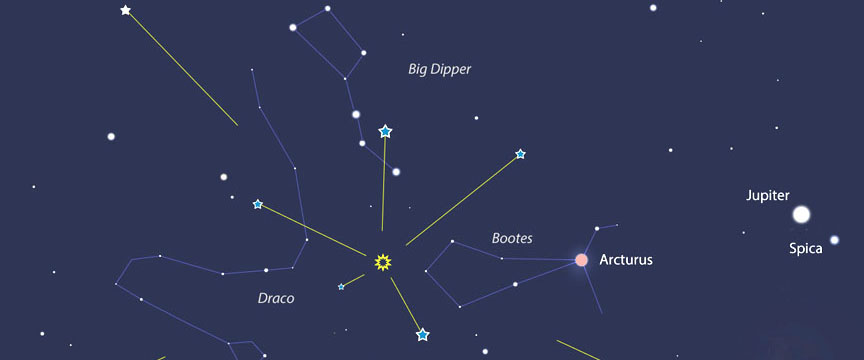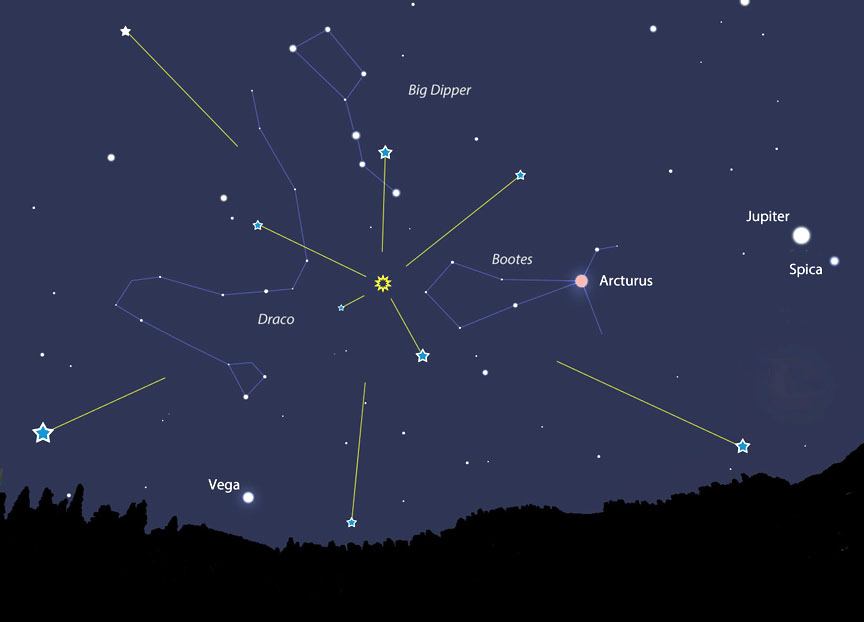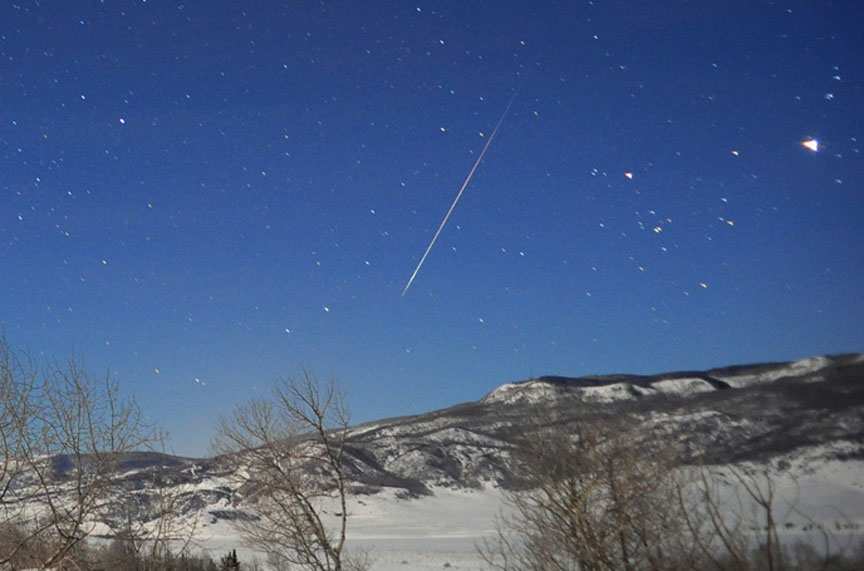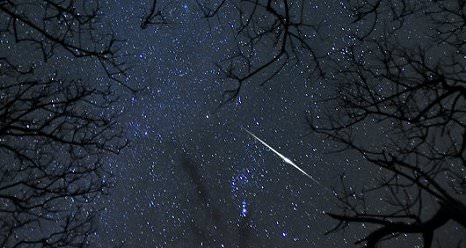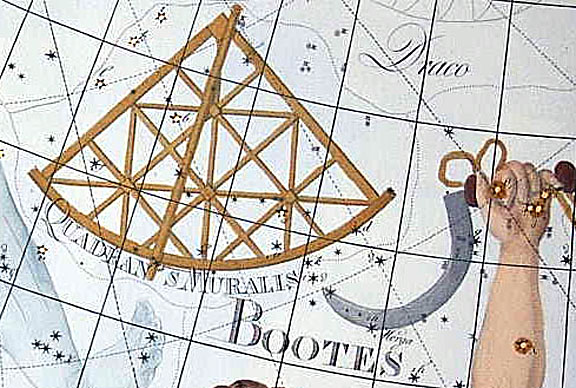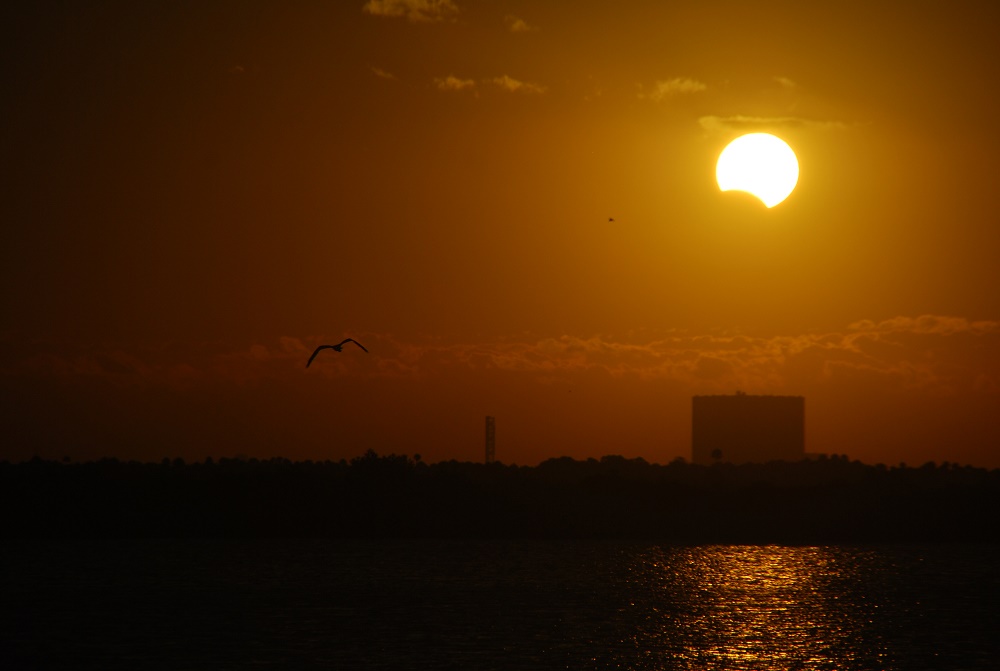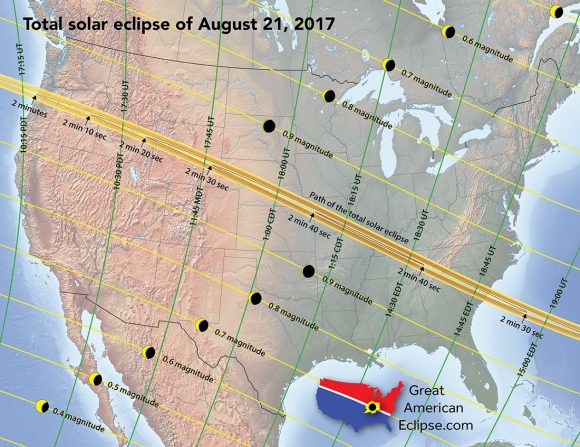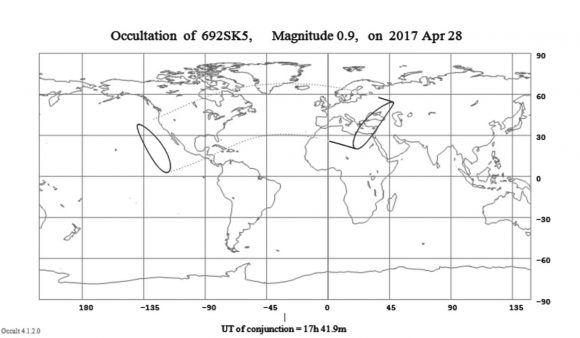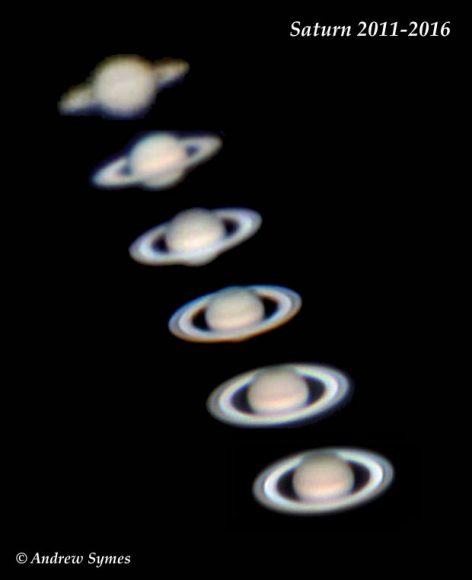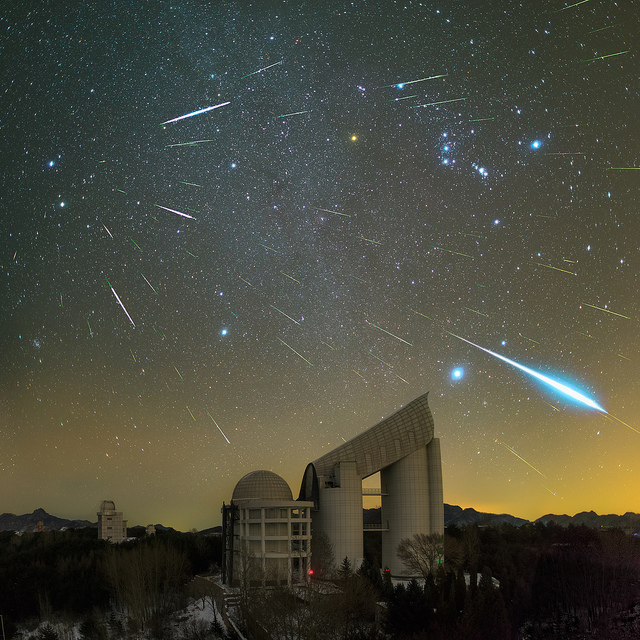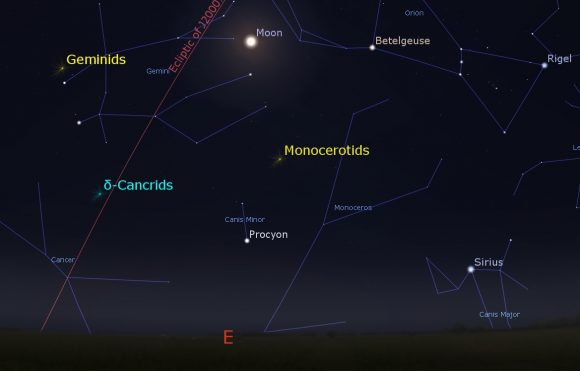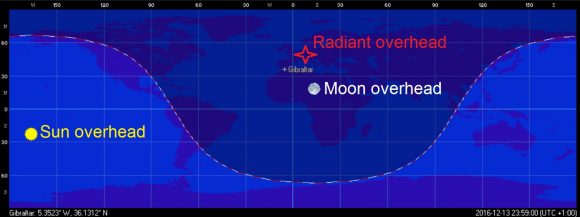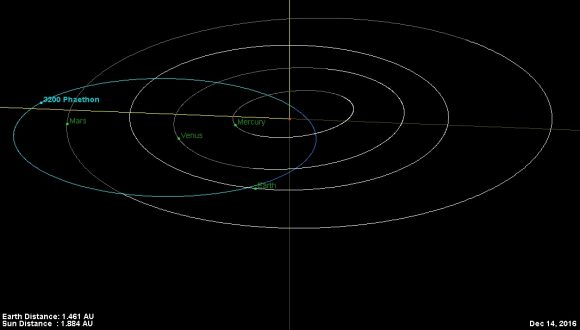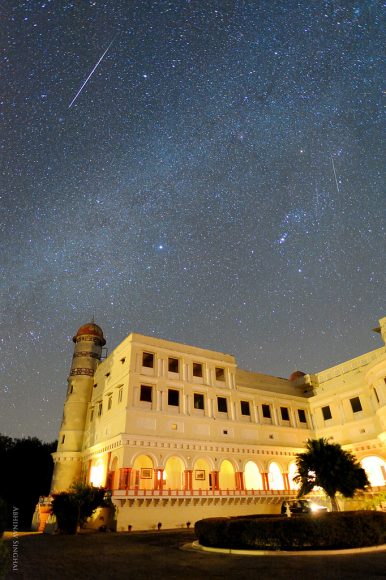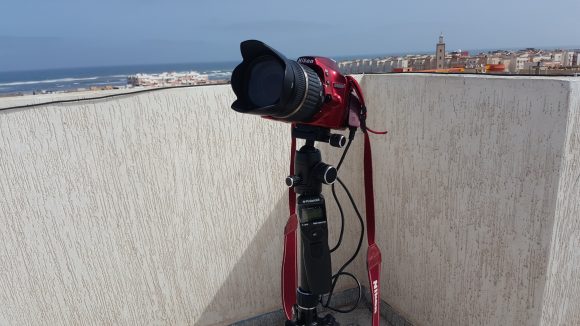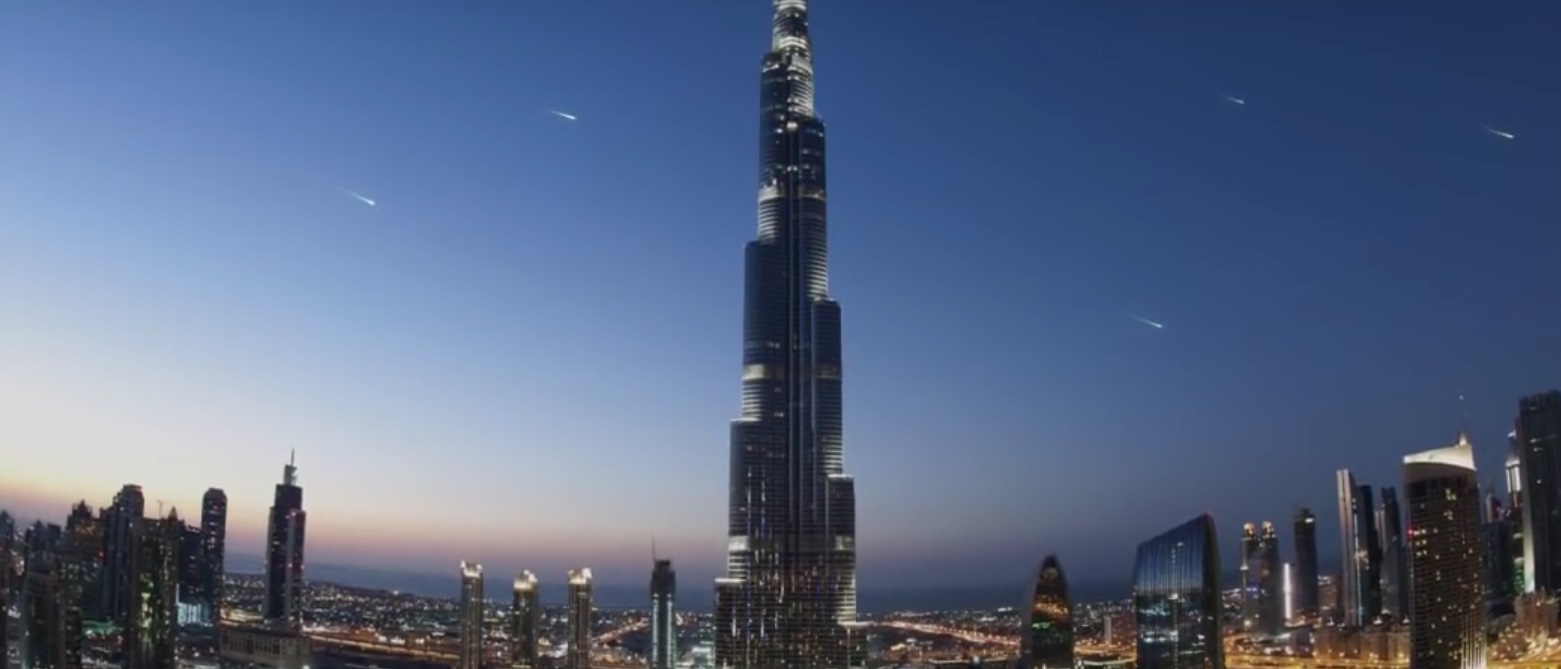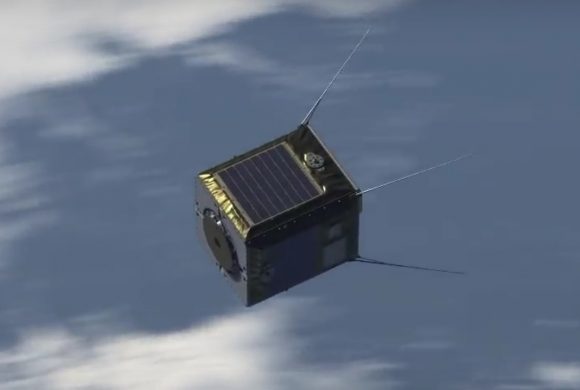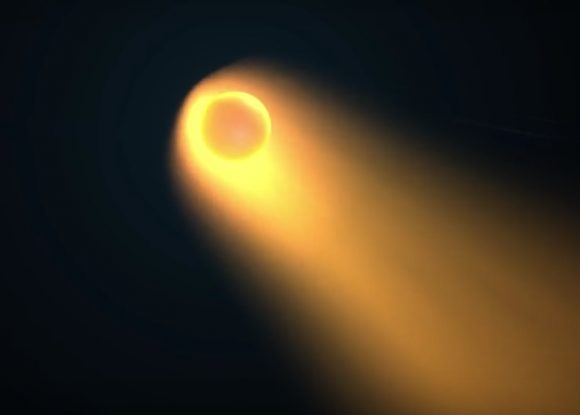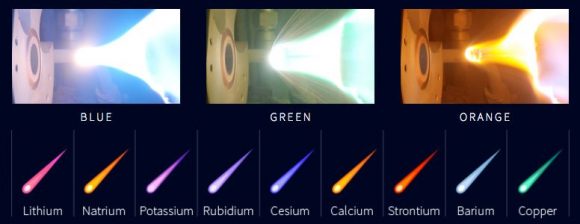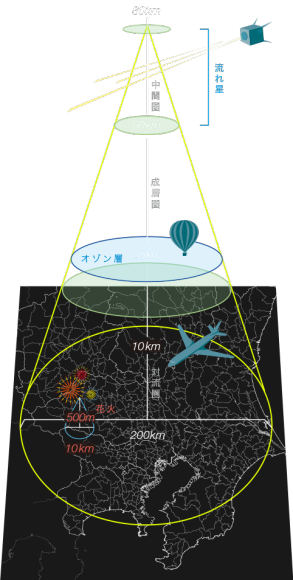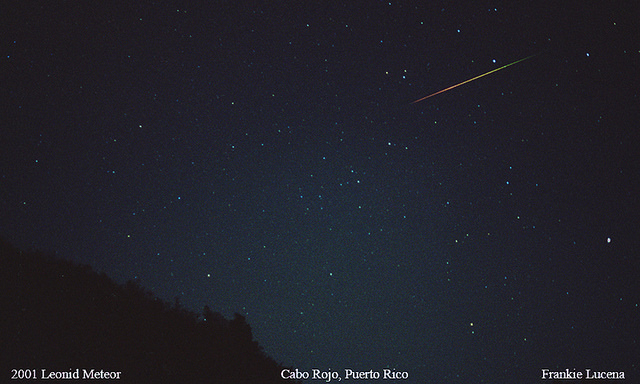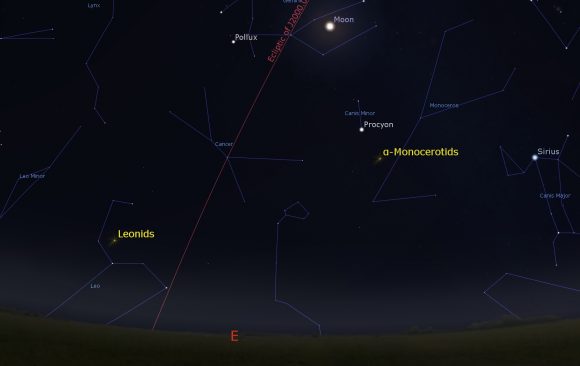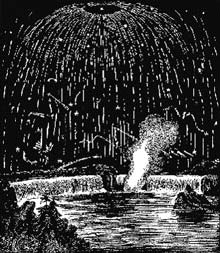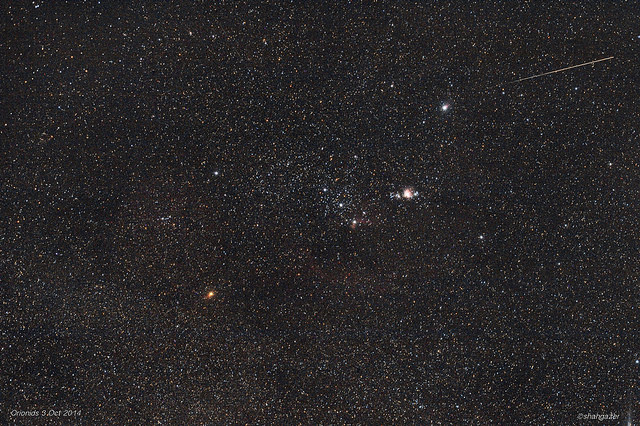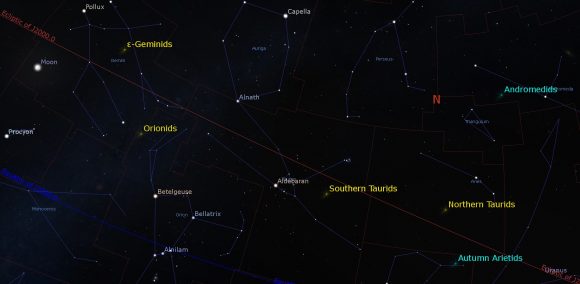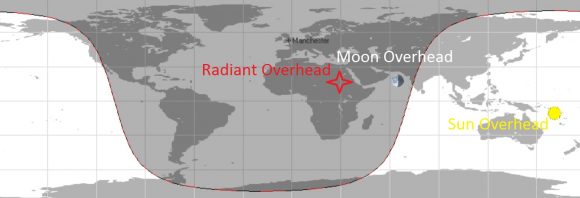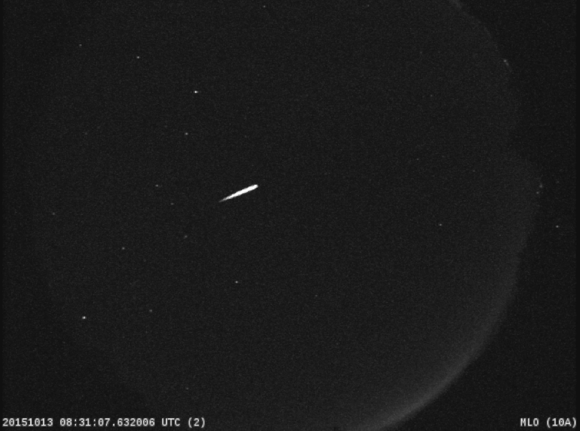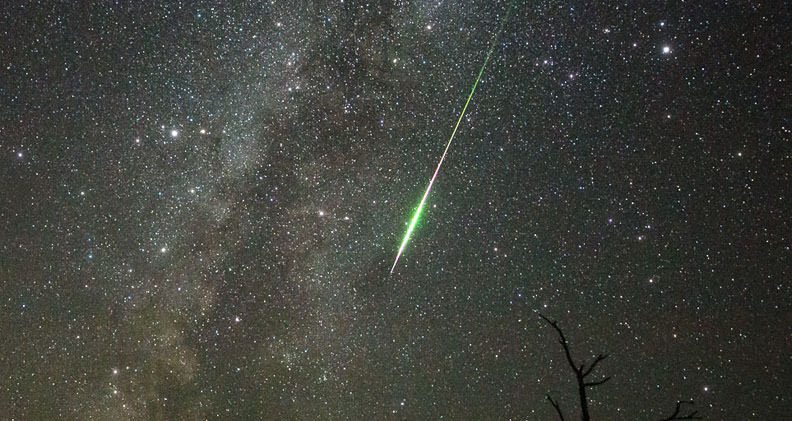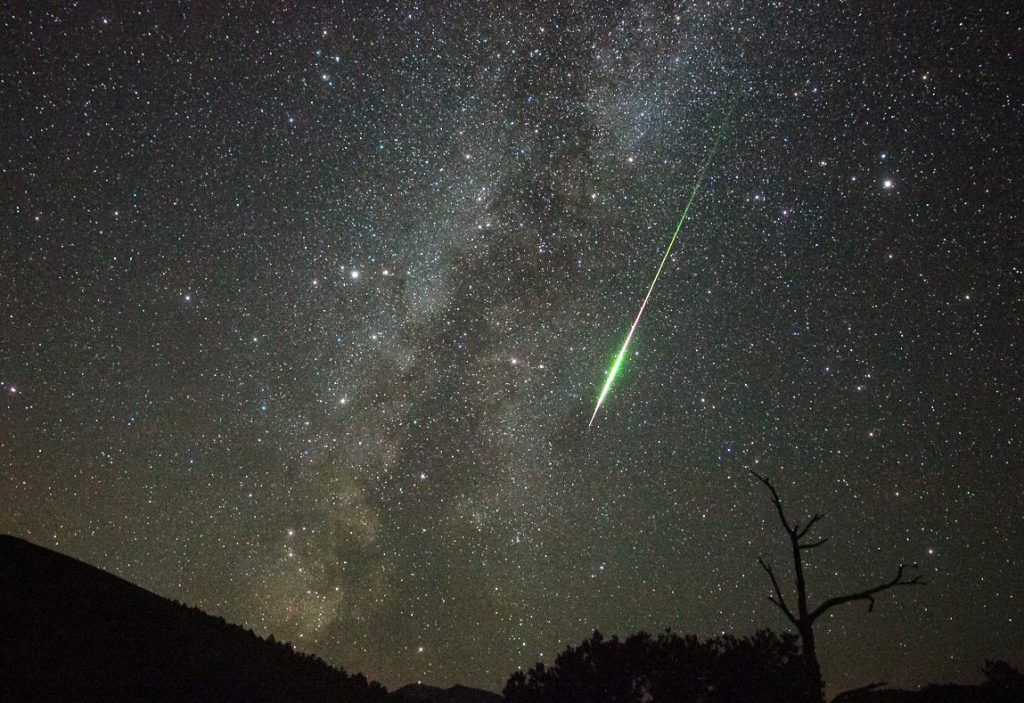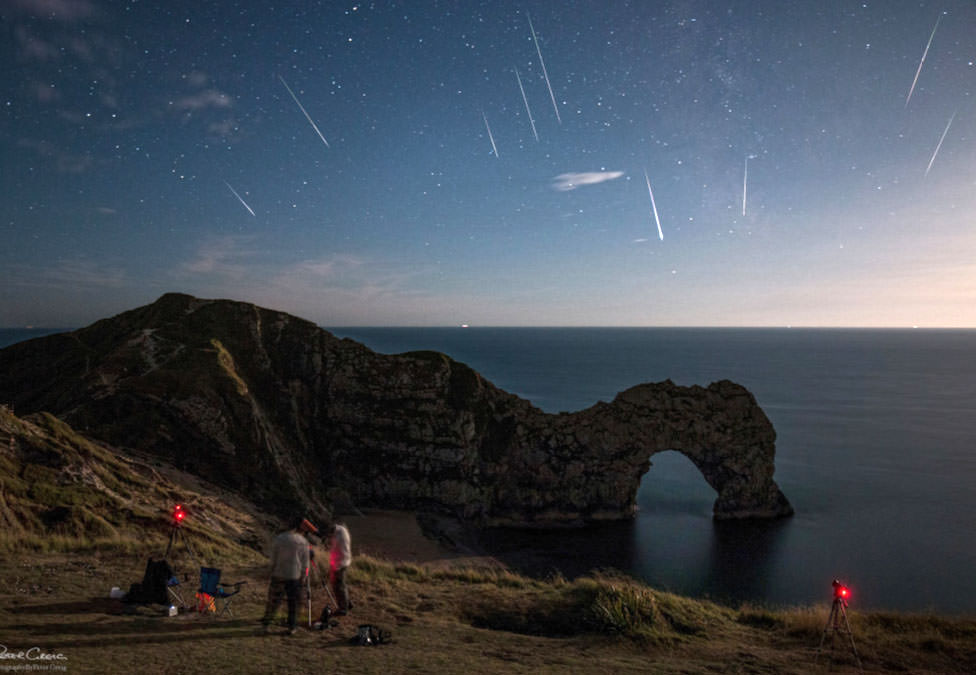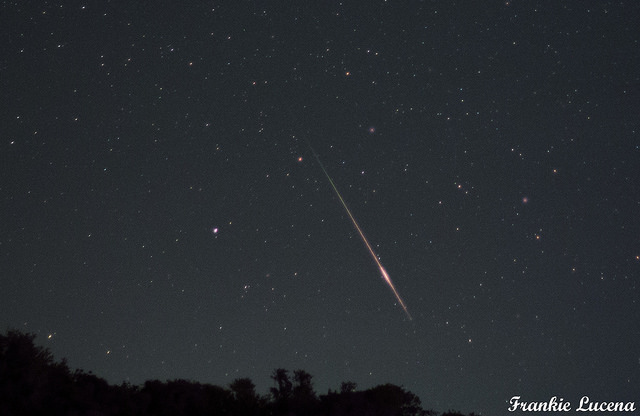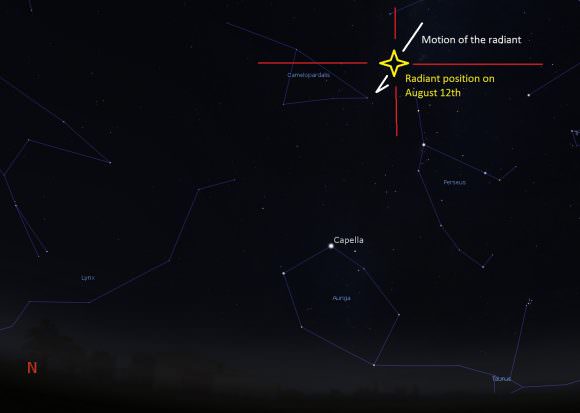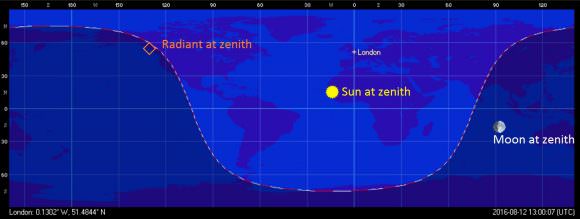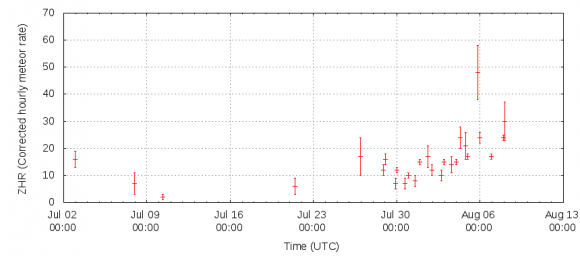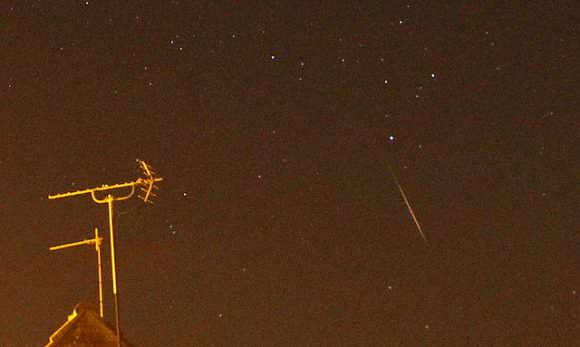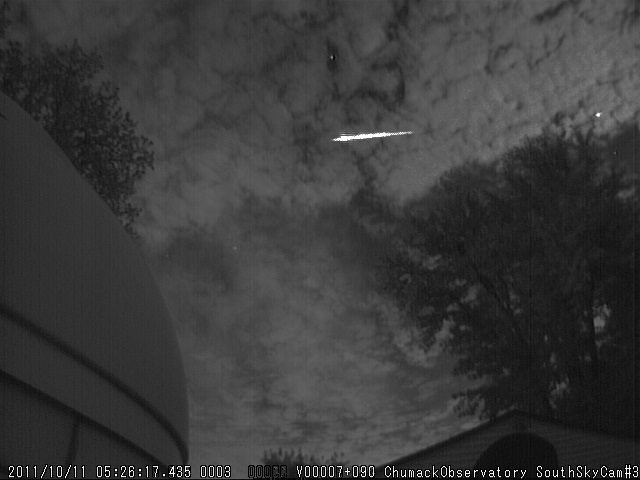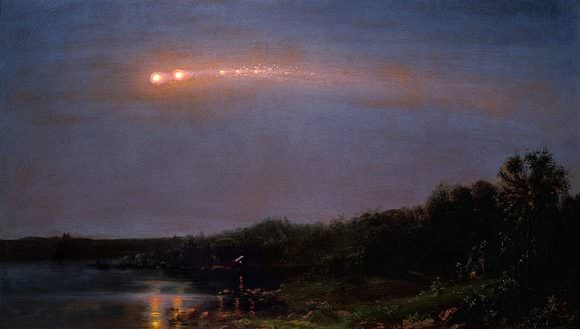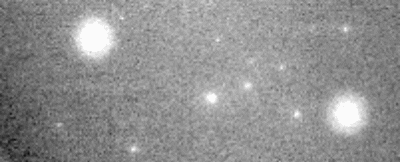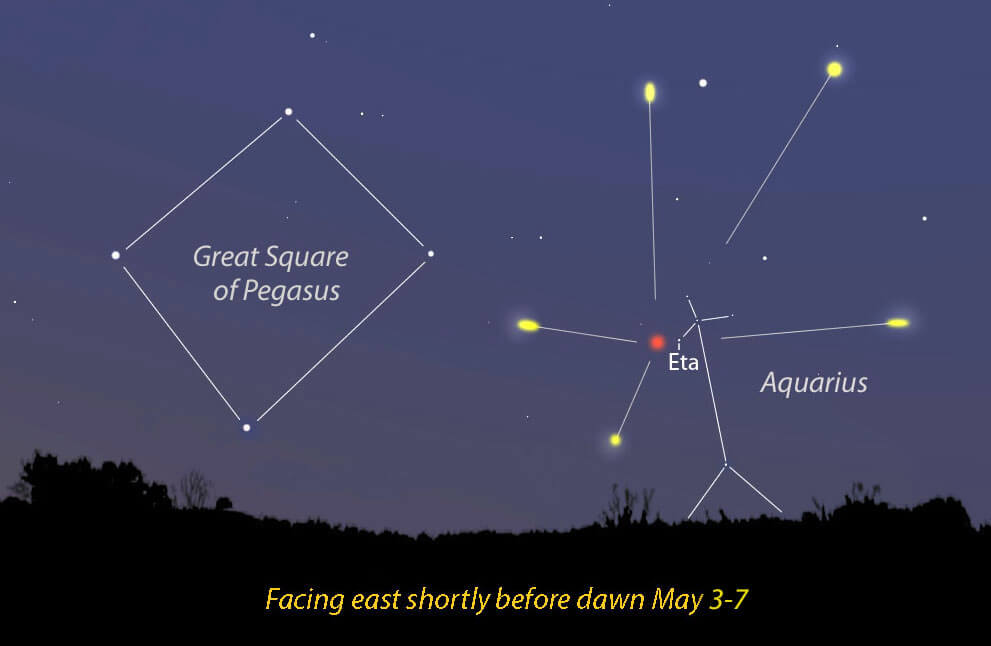
Halley’s Comet may be at the far end of its orbit 3.2 billion miles (5.1 billion km) from Earth, but this week fragments of it will burn up as meteors in the pre-dawn sky as the Eta Aquarid meteor shower. The comet last passed our way in 1986, pivoted about the Sun and began the long return journey to the chilly depths of deep space.
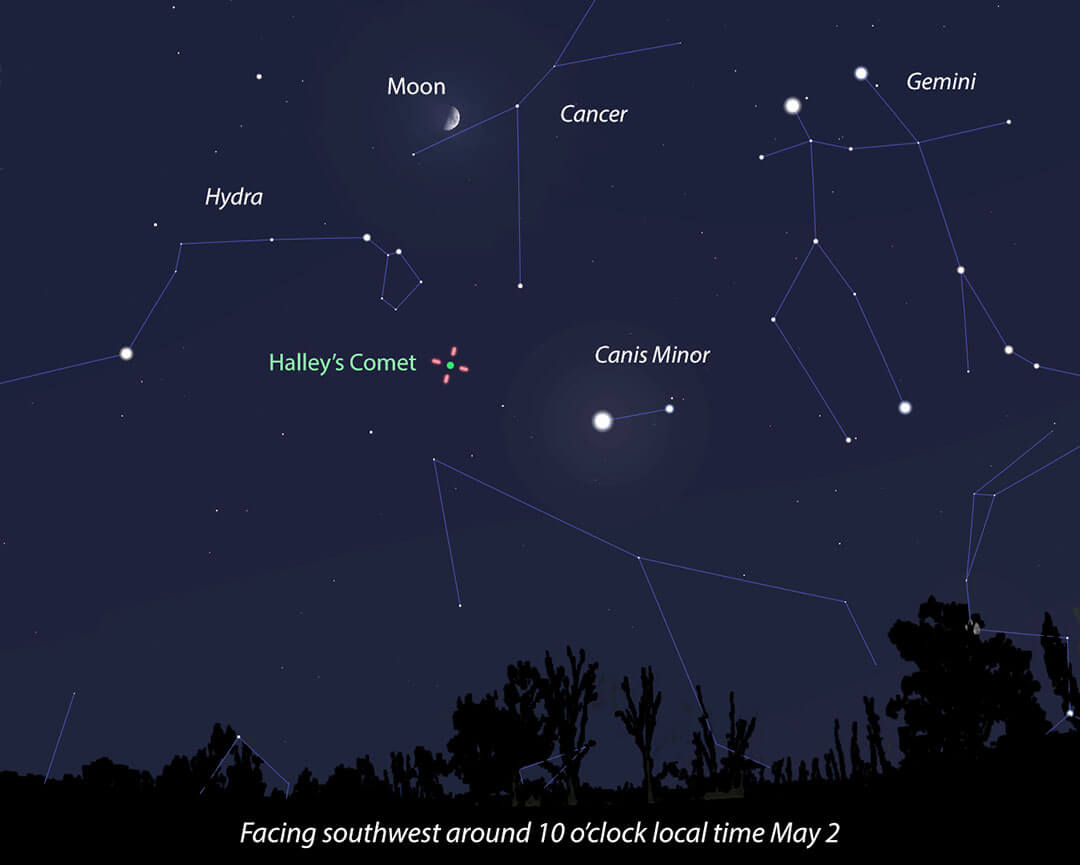
Today, Halley’s a magnitude +25 speck in the constellation Hydra. Although utterly invisible in most telescopes, you can imagine it below tonight’s half-moon near the outermost point in its orbit four Earth-sun distances beyond Neptune. Literally cooling its jets, the comet mulls its next Earth flyby slated for summer 2061.
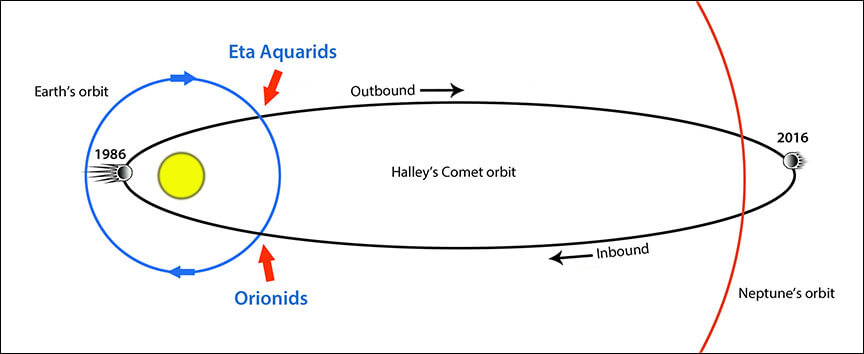
Some meteor showers have sharp peaks, others like the Eta Aquarids, a broad, plateau-like maximum. The shower’s been active since mid-April and will continue right up till the end of this month with the peak predicted Saturday morning May 6. Observers in tropical latitudes, where the constellation Aquarius rises higher than it does from my home in northern Minnesota, will spy 25-30 meteors an hour from a dark sky in the hour or two before dawn.
Skywatchers further north will see fewer meteors because the radiant will be lower in the sky; meteors that flash well below the radiant get cut off by the horizon, reducing the rate by about half ( about 10-15 meteors an hour). That’s still a decent show. I got up with the first robins a couple years back to see the shower and was pleasantly surprised with a handful of flaming Halley particles in under a half hour.
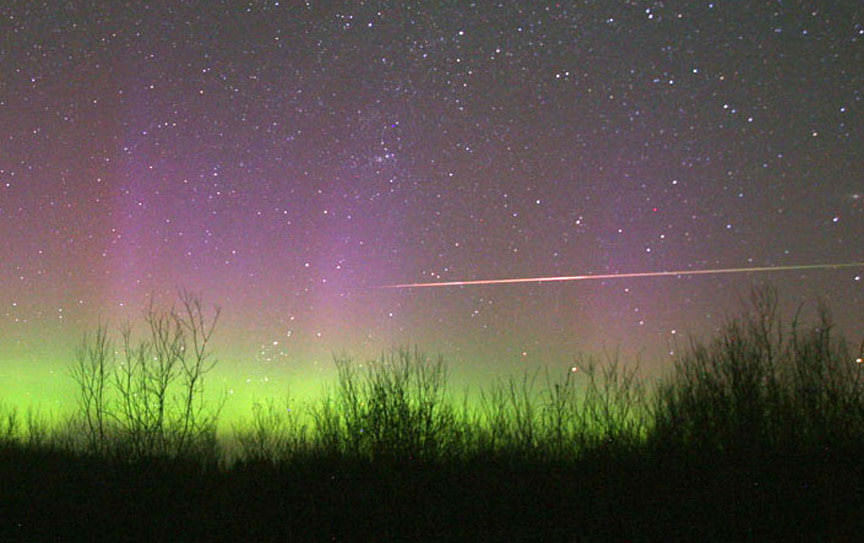
While a low radiant means fewer meteors, there’s an up side. You have a fair chance of seeing an earthgrazer, a meteor that skims tangent to the upper atmosphere, flaring for many seconds before either burning up or skipping back off into space.
The Eta Aquarids will be active all week. With the peak occurring Saturday morning, you should be able to see at least a few prior to dawn each morning. The quarter-to-waxing gibbous moon will set in plenty of time through Friday morning, leaving dark skies, but cuts it close Saturday when it sets about the same time the radiant rises in the east.
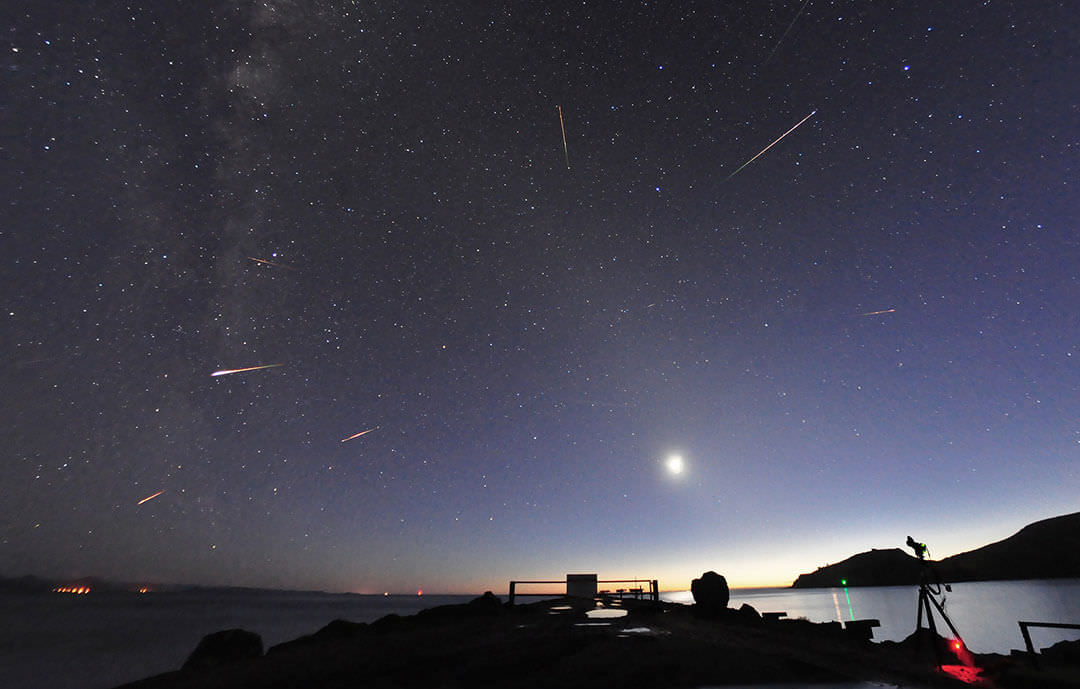
For best viewing, find as dark a place as possible with an open view to the east and south. I like to tote out a reclining lawn chair, face east and get comfy under a warm sleeping bag or wool blanket. Since twilight starts about an hour and three-quarters before your local sunrise, plan to be out watching an hour before that or around 3:30 a.m. I know, I know. That sounds harsh, but I’ve discovered that once you make the commitment, the act of watching a meteor shower becomes a relaxed pleasure punctuated by the occasional thrill of seeing a bright meteor.
You’ll be in magnificent company, too. The Milky Way rides high across the southeastern sky at that hour, and Saturn gleams due south in Sagittarius at the start of dawn. If you’d like to contribute observations of the shower to help meteor scientists better understand its behavior and evolution, check out the International Meteor Organization’s Eta Aquariids 2017 campaign for more information.

